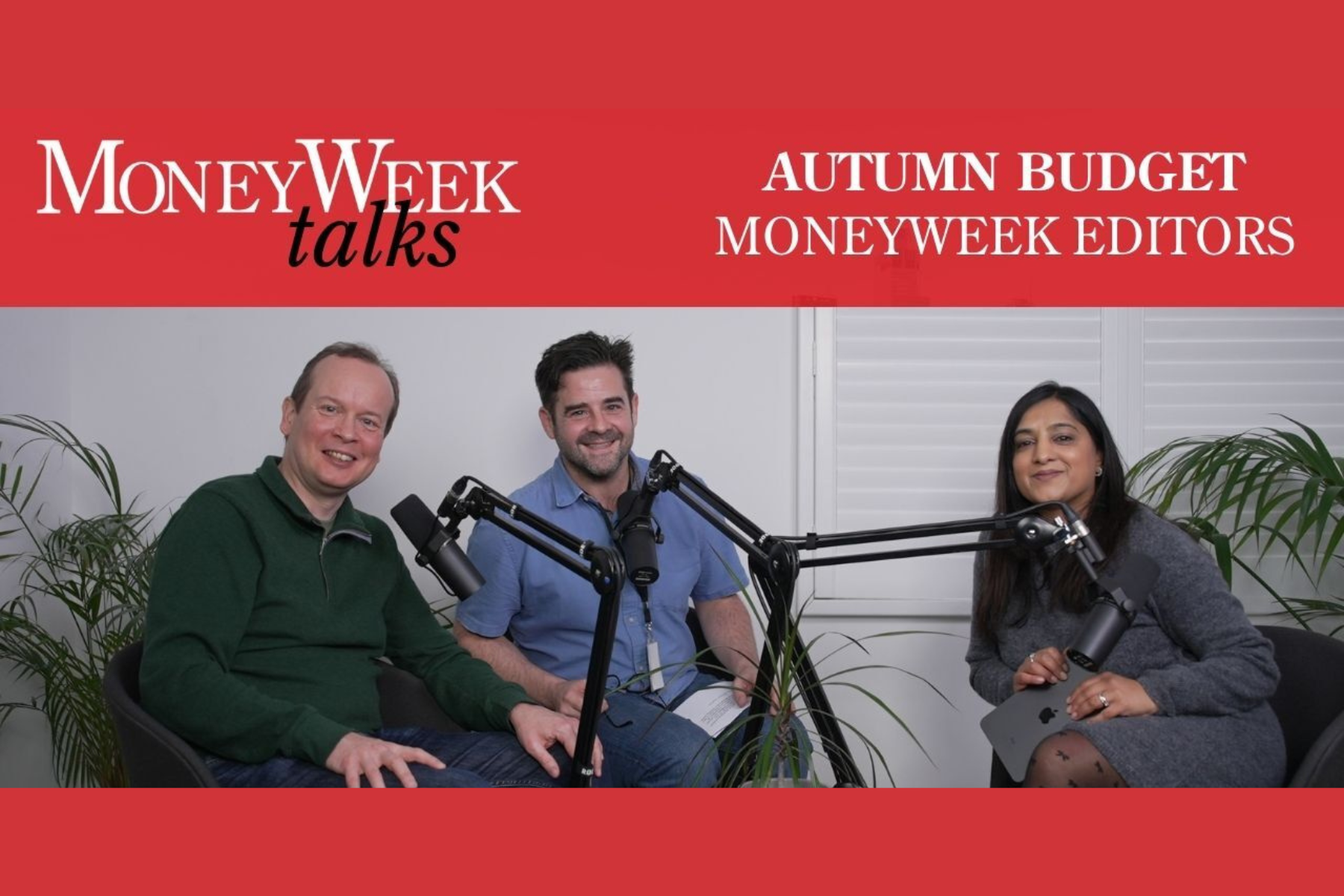Four investment trusts for income investors to buy now
Some high-yielding listed lending funds have come through the crisis with flying colours. David Stevenson picks four of the best.


Although there is much talk of rising interest rates in the coming years, investors seeking an income shouldn’t get too excited. The yield on ten-year gilts is still a measly 0.8% and very few mainstream savings accounts offer interest rates much above 1%. Corporate bond yields have started rising but the yield on the iShares UK corporate bond UCITS exchange-traded fund with maturities up to five years is still below 2%.
Central bankers, especially in the trend-setting US, seem keen to keep yields as close to zero as possible to reflate economies. In these circumstances income-hungry investors are forced to take more risk.
Lending out money to higher- risk entities does generate a much higher yield but it can be dangerous. That has been especially true of the profusion of specialist lending funds quoted on the London stockmarket where defaults and late payments have become common over the last year.
MoneyWeek
Subscribe to MoneyWeek today and get your first six magazine issues absolutely FREE

Sign up to Money Morning
Don't miss the latest investment and personal finances news, market analysis, plus money-saving tips with our free twice-daily newsletter
Don't miss the latest investment and personal finances news, market analysis, plus money-saving tips with our free twice-daily newsletter
But the pandemic has served a useful purpose in that it has demonstrated that there are fund managers who can lend money and get capital back – and manage downside risk. The question was always how lending funds would cope with a nasty recession. Now we have some hard data. I would suggest that four funds have passed the test. As a group they collectively offer a sustainable yield of well over 6%. They are all run by managers who have good records and they have very different borrowers.
Axiom: the least risky option
Let’s start with one of the least risky funds with the lowest yield. Axiom European Financial Debt (LSE: AXI) yields around 6.7% from a carefully managed portfolio of so-called subordinated debt securities. These could be anything from contingent convertibles (CoCos, debt instruments akin to traditional convertible bonds) issued by banks through to very exotic permanent interest-bearing shares (Pibs) and preference shares issued by current and former building societies.
The fund is targeting a return of 10% per annum over a seven-year period, including an annual dividend of 6p per share. The institutions on the line are mostly big European banks and other large lenders. That is a good sector to be lending to as the regulators have toughened up their policies to make sure these institutions are more resilient.
Performance has been steady. According to analysts at Winterflood, since launch the fund has delivered a net asset value (NAV) total return of 39%, outperforming both the 35% return of the ICE BofAML Sterling Financial Index, a gauge of corporate debt, and the 31% return of its peers.
Honeycomb Investment Trust: lending to small companies
Consider also the Honeycomb Investment Trust (LSE: HONY). This is a specialised secured-lending fund with a long record of providing loans to a variety of UK-based consumers and small and medium-sized enterprises (SMEs), many of which offer some form of property exposure. Honeycomb saw its share price shoot up during the boom that saw funds lend money to the peer-to-peer sector. The discount to NAV currently stands at 6% . The fund’s recent reports suggest that defaults and late payments have been managed down to low levels – much lower than I would have expected given the severity of the recession.
Various government schemes have helped but as the economy now picks up speed, new lending activity should rise and not every sensible borrower will be able to get access to credit once the government support schemes start to fade. That puts Honeycomb in a strong position with a very healthy yield of 8.5%.
BioPharma Credit: the most exotic option
The most exotic fund on our list is BioPharma Credit (LSE: BPCR), a lender to drug and biotech groups. The structures used here to lend out money range from senior secured loans to royalty agreements, but the central idea is simple. There are plenty of medium-sized businesses who do not have quite the robust balance sheet and credit record of the major pharmaceutical giants.
As revenues from new products pick up speed, they need access to working capital to fund expansion, but they are sometimes not keen to use equity to do so. Alternatively, the borrower may be a more established player who is looking to free up capital from an existing product line to reinvest elsewhere in the business. The specialised team at Biopharma Credit know this area well.
Again, the fund has an excellent record and has in fact been the victim of its own success. More than once, Biopharma has found that its loans have been repaid early. Cash from early repayments doesn’t earn enough income so it has to find new borrowers. Until recently some analysts reckoned that the dividend wasn’t quite covered from lending income but in recent weeks the fund has announced a big new borrower, so the dividend should be fully covered from now on.
VPC Specialty Lending: a juicy average yield
The last fund in our list is the riskiest: VPC Specialty Lending Investments (LSE: VSL). The manager behind this fund is US-based but lends internationally to a variety of other intermediate high-interest lenders, including consumer-loan companies. VPC also, in some instances, ends up with equity positions.
I have so far been a tiny bit wary of this fund because the high yields on its loans would suggest that the borrowers are much higher-risk – the current yield is around 9.5%, which suggests that the underlying lending rates are probably between 12% and 15% per annum. But VPC has come through the last 12 months all guns blazing and although there have been some defaults, the fund’s equity positions have helped boost returns.
I would put VPC in a higher-risk bracket, alongside Honeycomb, while Biopharma and Axiom strike me as somewhat lower-risk. In all four cases, you are buying at a discount to NAV and if you were to blend all four into an equally-weighted portfolio you would be on the receiving end of an average 8.2% yield. As all of these funds invest in higher risk debt, investors should probably expect share price variations (downwards) of say 5% to 15% in bad years, but given that very high yield I think the risk is correctly priced in the case of these four funds.
Get the latest financial news, insights and expert analysis from our award-winning MoneyWeek team, to help you understand what really matters when it comes to your finances.

David Stevenson has been writing the Financial Times Adventurous Investor column for nearly 15 years and is also a regular columnist for Citywire.
He writes his own widely read Adventurous Investor SubStack newsletter at davidstevenson.substack.com
David has also had a successful career as a media entrepreneur setting up the big European fintech news and event outfit www.altfi.com as well as www.etfstream.com in the asset management space.
Before that, he was a founding partner in the Rocket Science Group, a successful corporate comms business.
David has also written a number of books on investing, funds, ETFs, and stock picking and is currently a non-executive director on a number of stockmarket-listed funds including Gresham House Energy Storage and the Aurora Investment Trust.
In what remains of his spare time he is a presiding justice on the Southampton magistrates bench.
-
 How much would it cost you to buy a house in Great Britain's happiest places?
How much would it cost you to buy a house in Great Britain's happiest places?Average asking prices for a property in the happiest place in Britain are below the national average
-
 How the Budget will hurt you: MoneyWeek Talks
How the Budget will hurt you: MoneyWeek TalksPodcast An Autumn budget podcast special episode, featuring MoneyWeek editors Kalpana Fitzpatrick, Andrew van Sickle and Cris Heaton.
-
 Big Short investor Michael Burry closes hedge fund Scion Capital
Big Short investor Michael Burry closes hedge fund Scion CapitalProfile Michael Burry rightly bet against the US mortgage market before the 2008 crisis. Now he is worried about the AI boom
-
 The global defence boom has moved beyond Europe – here’s how to profit
The global defence boom has moved beyond Europe – here’s how to profitOpinion Tom Bailey, head of research for the Future of Defence Indo-Pac ex-China UCITS ETF, picks three defence stocks where he'd put his money
-
 Profit from a return to the office with Workspace
Profit from a return to the office with WorkspaceWorkspace is an unloved play on the real estate investment trust sector as demand for flexible office space rises
-
 New frontiers: the future of cybersecurity and how to invest
New frontiers: the future of cybersecurity and how to investMatthew Partridge reviews the key trends in the cybersecurity sector and how to profit
-
 An “existential crisis” for investment trusts? We’ve heard it all before in the 70s
An “existential crisis” for investment trusts? We’ve heard it all before in the 70sOpinion Those fearing for the future of investment trusts should remember what happened 50 years ago, says Max King
-
 8 of the best properties for sale with wildlife ponds
8 of the best properties for sale with wildlife pondsThe best properties for sale with wildlife ponds – from a 16th-century house in the Ashdown Forest, to a property on Pembrokeshire’s Preseli Hills
-
 Why a copper crunch is looming
Why a copper crunch is loomingMiners are not investing in new copper supply despite rising demand from electrification of the economy, says Cris Sholto Heaton
-
 Where to look for Christmas gifts for collectors
Where to look for Christmas gifts for collectors“Buy now” marketplaces are rich hunting grounds when it comes to buying Christmas gifts for collectors, says Chris Carter